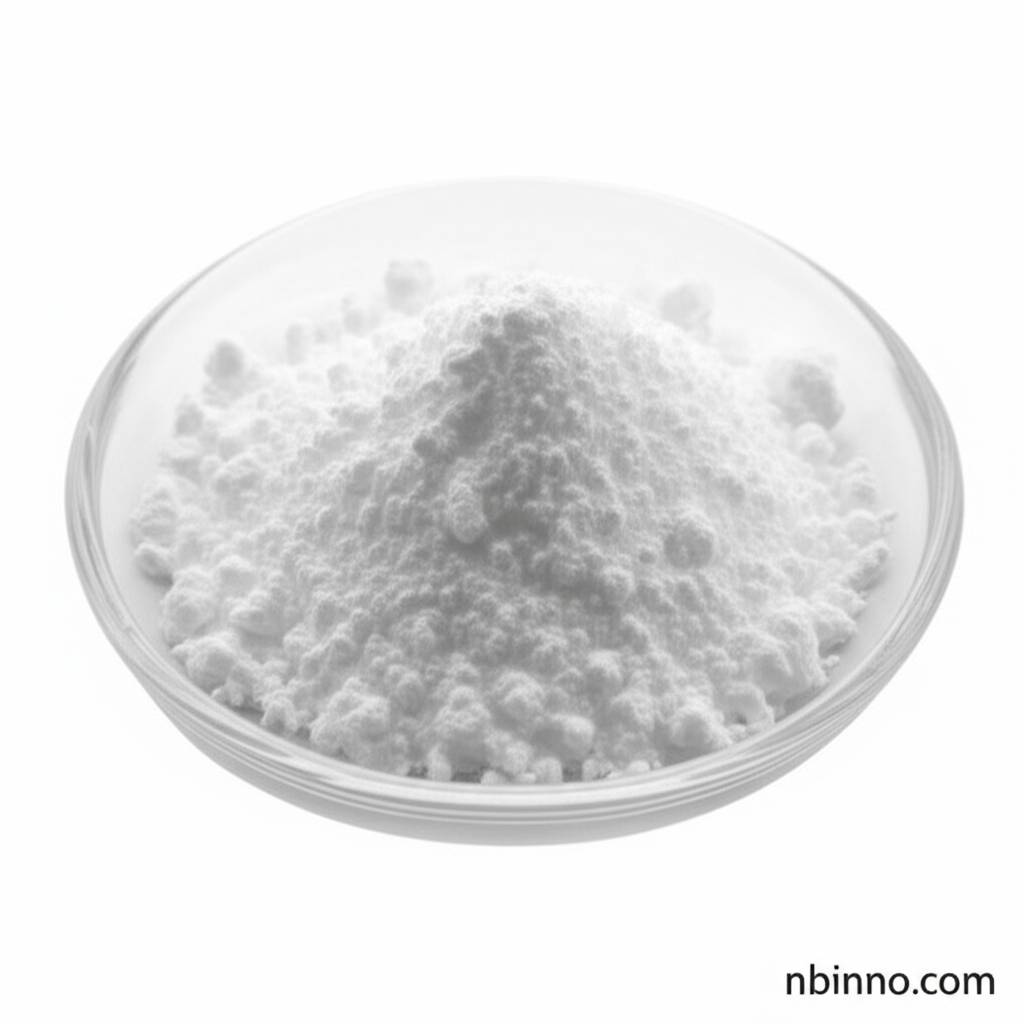Exploring 4-Hydroxy-7-methyl-1,8-naphthyridine-3-carboxylic Acid
A deep dive into its synthesis, properties, and significant role in chemical research and development.
Get a Quote & SampleProduct Core Value

4-Hydroxy-7-methyl-1,8-naphthyridine-3-carboxylic acid
This compound serves as a crucial intermediate in the synthesis of various compounds, most notably flavoquinolones, which are recognized for their antibacterial activities. Its chemical structure and reactivity make it a valuable asset for developing new therapeutic agents.
- The synthesis of flavoquinolones is a key application for 4-hydroxy-7-methyl-1,8-naphthyridine-3-carboxylic acid, leveraging its structure for potent antibacterial agents.
- Understanding the antibacterial properties of naphthyridines is vital, as this compound and its derivatives show promise in combating bacterial infections.
- As a significant pharmaceutical intermediate for antibiotics, it plays a critical role in the drug development pipeline.
- The versatile chemical reactivity of naphthyridine derivatives allows for extensive modification and exploration of new chemical entities.
Key Advantages
Versatile Synthesis Intermediate
This compound is a cornerstone for synthesizing complex molecules, making it indispensable for chemical research and pharmaceutical development.
Potential Antibacterial Applications
Research highlights its role in creating compounds with significant antibacterial activity, contributing to the fight against drug-resistant bacteria.
Structure-Activity Relationship Insights
Studying the structure-activity relationship of naphthyridines aids in designing optimized compounds with improved efficacy and safety profiles.
Key Applications
Organic Synthesis
A fundamental building block for creating a wide array of complex organic molecules used in scientific research and industrial processes.
Pharmaceutical Intermediates
Crucial in the synthesis of Active Pharmaceutical Ingredients (APIs), particularly those targeting bacterial infections.
Medicinal Chemistry
Provides a scaffold for designing and developing novel drug candidates with potential therapeutic benefits.
Antibacterial Research
Its derivatives are investigated for their efficacy against various bacterial strains, including antibiotic-resistant ones.
